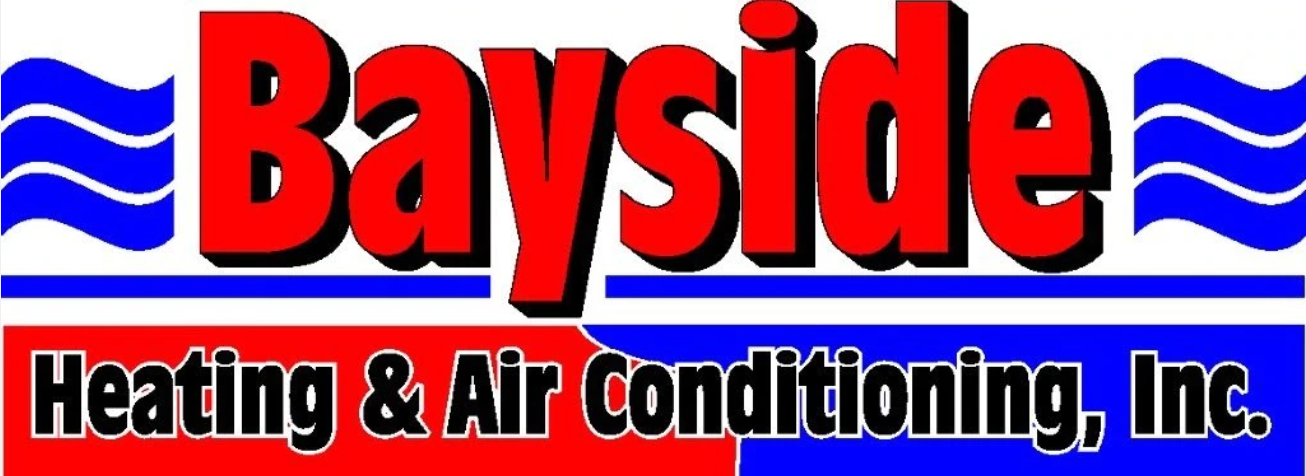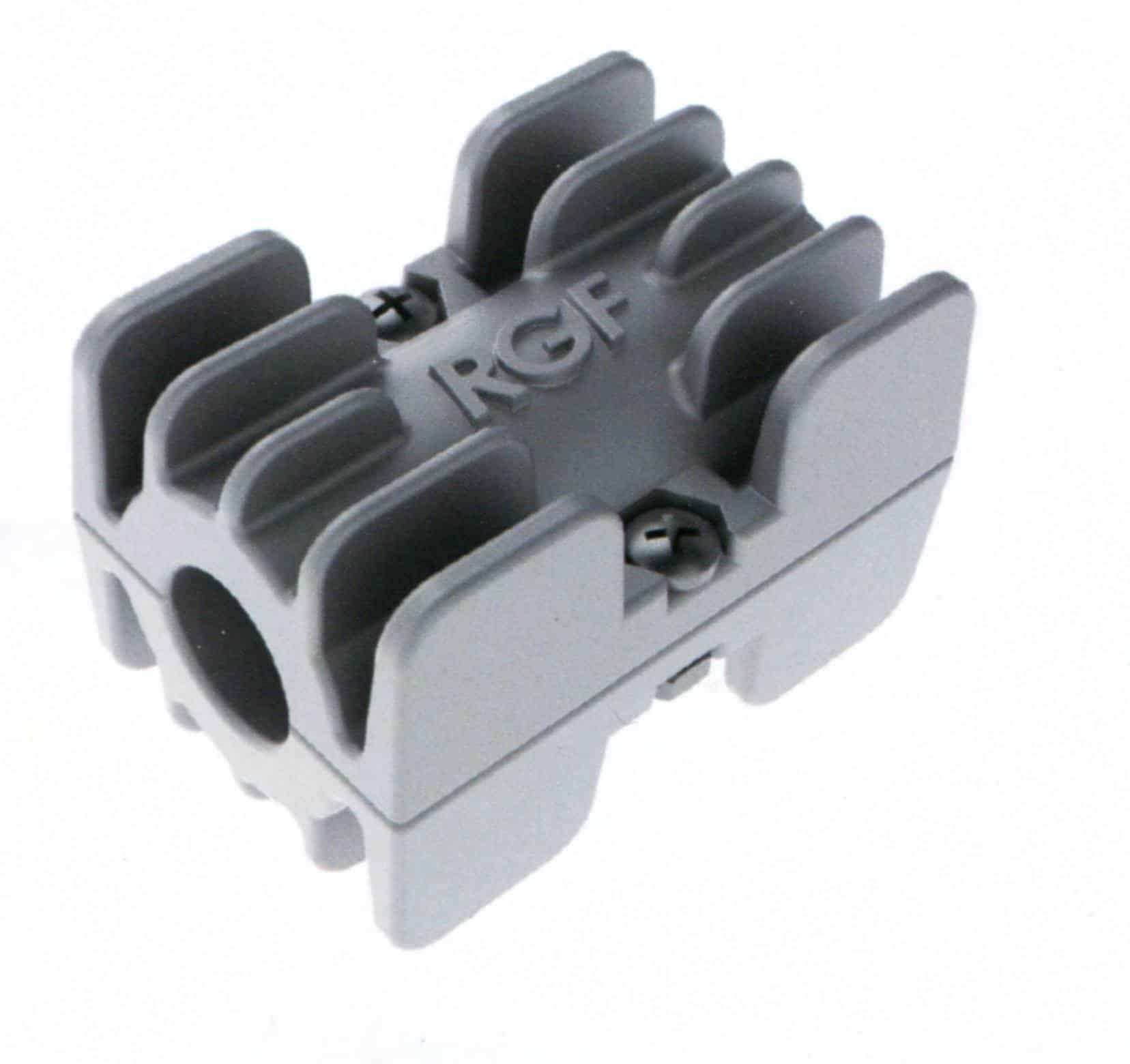Preventative Maintenance
The advantages of regular HVAC maintenance are many. AC techs perform tasks during a tune up that will keep your AC unit performing well to efficiently cool your home and help you avoid more costly issues later.
 A Bayside AC technician brings special equipment and tools which enable him or her to perform an inspection of your system. They are knowledgeable of common equipment failures and can check your system for wear and tear during inspection. If a certain part reveals excessive wear, the technician will can provide you with advice about part replacement before your system requires costly repairs.
A Bayside AC technician brings special equipment and tools which enable him or her to perform an inspection of your system. They are knowledgeable of common equipment failures and can check your system for wear and tear during inspection. If a certain part reveals excessive wear, the technician will can provide you with advice about part replacement before your system requires costly repairs.
Is your AC system clean? Is it costing you more money in your energy bill each month? Dirty coils, blocked air flow, and other issues that develop over time will cause your system to use more energy to cool your home. Regular coil cleaning will help you save money on your electric bill and allow your unit to run efficiently giving you the proper air flow throughout your home. The more energy your system uses, the more money you will pay in energy costs.
Ask about Bayside AC’s Preventative Maintenance Programs!
Did You Know?
A 1/16 inch dirt build-up on your AC coil can cut efficiency in half. A 10% refrigerant undercharge can reduce a system’s performance by 16%. A 120 degree attic with a 15% return air leak will nearly double operating costs. 80% of compressor failures are the result of no maintenance. If your system’s refrigerant level is low, the technician is prepared to add refrigerant to your system and repair any leaks.
When to schedule Preventative Maintenance

If the system cools and heats your home, schedule maintenance in the fall and spring. For cooling units only, schedule maintenance at least once a year, before the cooling season.
Maintenance of an HVAC to ensure proper performance:
Outdoor Unit:
• Inspect unit for proper refrigerant level and adjust if necessary.
• Clean debris from inside cabinet.
• Inspect base pan for restricted drain openings. Remove obstructions as necessary.
• Inspect coil and cabinet. Clean as needed.
• Inspect fan motor and fan blades for wear and damage – on older models, lubricate as needed.
• Inspect control box, associated controls/accessories, wiring, and connections. Controls may include contactors, relays, circuit boards, capacitors, sump heat, and other accessories. All control box and electrical parts should be checked for wear or damage.
• Inspect compressor and associated tubing for damage.
Indoor Unit:
• Inspect and clean blower assembly (includes blower housing, blower wheel, and motor).
• On older models, lubricate motor and inspect and replace fan belt if needed.
• Check combustion blower housing for lint and debris and clean as necessary.
• Inspect evaporator coil, drain pan, and condensate drain lines. Clean as needed.
• Inspect for gas leaks in gas furnaces.
• Inspect burner assembly. Clean and adjust as needed.
• Inspect ignition system and safety controls. Clean and adjust as needed.
• Inspect heat exchanger or heating elements.
• Inspect flue system. Check for proper attachment to the furnace, any dislocated sections, and for signs of corrosion. Replace if necessary.
• Inspect control box, associated controls, wiring, and connections.
• Clean or replace air filters.
• Inspect conditioned airflow system (ductwork). Check for leaks.
While System is On:
• Monitor system-starting characteristics and capabilities.
• Listen for abnormal noise.
• Search for source of unusual odors.
• Monitor air conditioning and heat pump systems for correct refrigerant charge.
• Measure outdoor dry bulb temperature.
• Measure indoor dry and wet bulb temperature.
• Measure high and low side system pressures.
• Monitor gas furnace for correct line and manifold gas pressure. Make adjustments as needed.
• Measure temperature rise and adjust airflow as needed.
• Check the vent system for proper operation.
• Monitor system for correct line and load volts/amps.
• Monitor system operation per manufacturer’s specifications.
• Provide system operation report and recommend repairs or replacements as necessary.
Give Bayside AC a call! 727.669.4300
Sources
https://www.achrnews.com/articles/122915-fifteen-essentials-of-a-residential-hvac-tune-up
https://www.trane.com/residential/for-owners/maintenance-tips
https://www.bhg.com/home-improvement/advice/maintenance-repair/stay-cool-and-save/#page=3 https://www.achrnews.com/articles/an-ounce-of-prevention-can-be-worth-1-million

